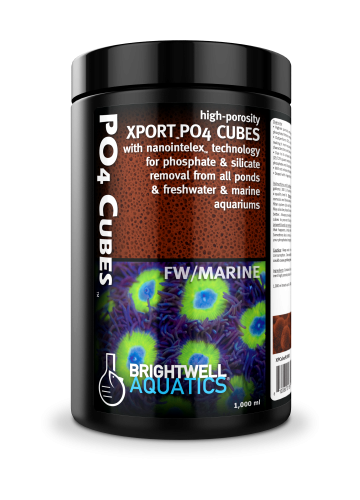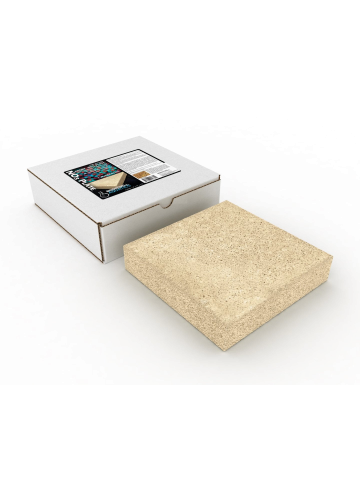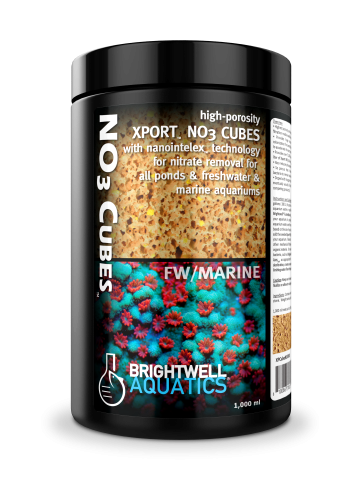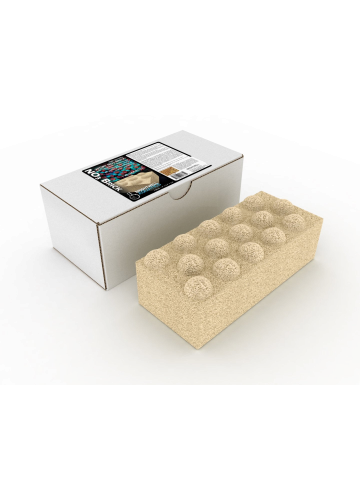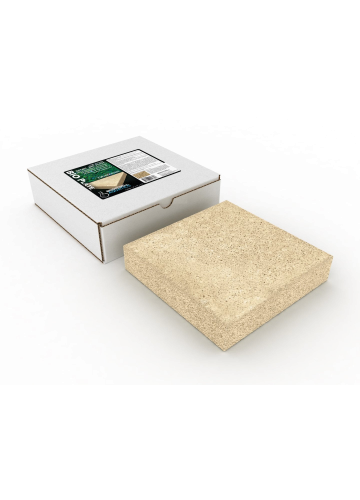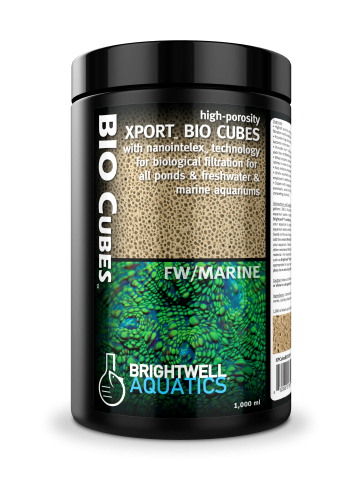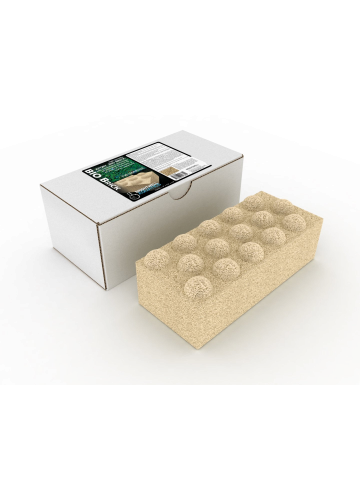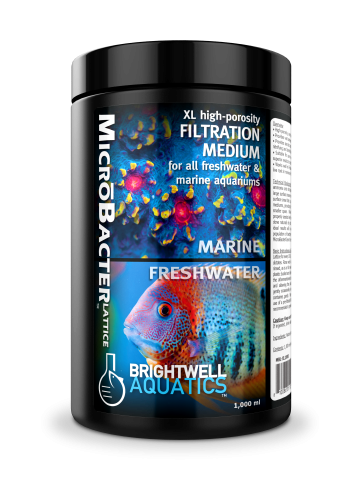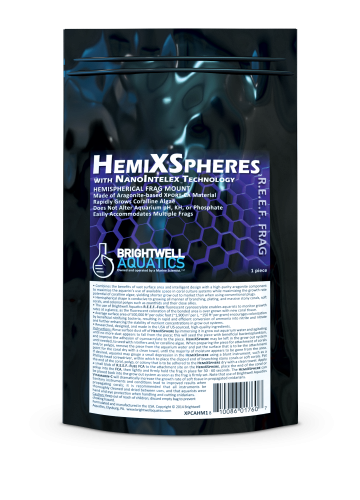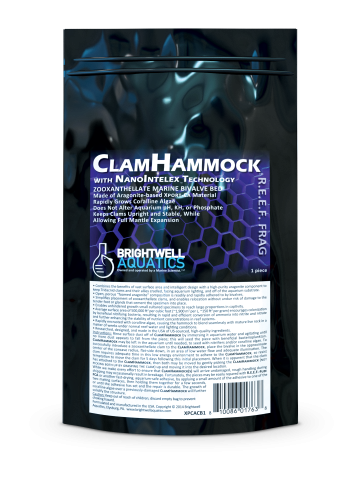XportSubstrat
3 – 5 mm nominal Xport Bottom Media for Enhanced Ammonia, Nitrite, Nitrate, and Phosphate Uptake in all Aquaria
Overview
- Enhanced, “ultra-activated” bottom media with average surface area of ~150,000 ft2 per kg. Encourages colonization by beneficial nitrifying and denitrifying bacteria, resulting in rapid and efficient conversion of ammonia, nitrite, and nitrate, and further enhancing the stability of nutrient concentrations in grow out systems. Removes phosphate as a result of microbial nitrogen- and carbon-uptake.
- Capacity to outperform conventional denitrification filtration methods by over 300% per unit mass employed. Seeded with MicroBacter7 and assuming adequate carbon and phosphorus availability, 1 kg of matured XportSubstrat can reduce up to 140 ppm nitrate in ~120 US-gallons (454 L) each day.
- Open structure and high surface area results in increased interstitial water content, yielding superior flow-through characteristics and filtration efficiency.
- Higher efficiency relative to conventional media results in smaller space requirements to achieve equivalent denitrification. May be employed to rapidly decrease nitrate in even the most heavily-stocked aquatic systems.
- Safe for use in all marine, brackish, and freshwater aquaria, tropical or temperate.
- Dramatically improves filtration potential relative to natural sediment substrates.
- Researched, designed, and made in the USA of US-sourced, high-quality ingredients.
- Patent pending.
Sizes
- 1 kg
- 4 kg
- 20 kg
Technical Background
The average surface area of XportSubstrāt material is ~150,000 ft2 per kg. Colonization by beneficial nitrifying bacteria results in rapid and efficient conversion of ammonia into nitrite and nitrate, and further enhances the stability of nutrient concentrations in all aquaria. Using this material as a bottom substrate, particularly relative to crushed coral or river stone, greatly enhances biofiltration potential in any closed aquarium system, tropical or temperate, resulting in greater long-term stability of nutrient concentrations when comparing like volumes of this media and other substrates. Correspondingly, less XportSubstrāt is required to process nutrients than could be processed by other types of sediment, all other factors being equal.
Instructions and Guidelines
Prior to initial use, rinse dust from XportSubstrat by placing it into a clean pail (size determined by the mass of XportSubstrat being rinsed), and placing the pail into a large sink, then slowly running cold tap water or water from performing a water change into the pail, gently stirring the XportSubstrat and flushing the dust into the water and out of the pail and into the sink. Water flow should not cause the XportSubstrat to be washed into the sink; rather, it is meant to rinse dust away. Rinsing step may be skipped if desired, however the aquarium water may remain cloudy for 1 – 2 days as a result. When the rinse water appears clear, the XportSubstrat can be placed into any aquarium with minimal dusting. It is best to add the media to an empty aquarium or refugium, then slowly adding water to the desired level in order to minimize water cloudiness.
A substrate depth of 3” and seeded with MicroBacter7 will establish a complete biofiltration system capable of maintaining low nutrient density in heavily-stocked and -fed systems, regardless of whether they are marine, brackish, or freshwater habitats. We recommend that efficient protein skimming be utilized at all times to further stabilize nutrient content in marine aquaria.
